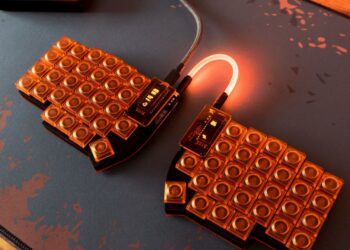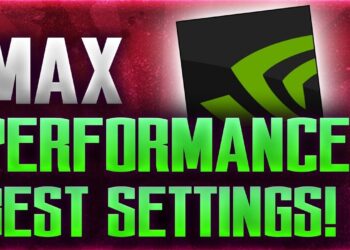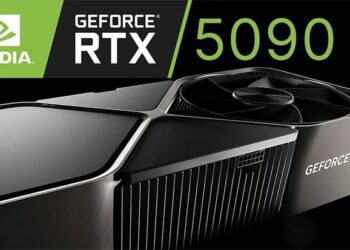In the ever-evolving landscape of PC gaming, the pursuit of peak performance is a relentless quest. Every frame per second (FPS), every millisecond of reduced latency, and every bit of system responsiveness contributes to a more immersive and competitive gaming experience. You may have invested in powerful hardware, but unlocking its true, untamed potential requires more than just plugging it in. It demands a holistic approach, blending software optimization, hardware tuning, and a deep understanding of how your components work in harmony.
This is not just another checklist of basic tips. This is a comprehensive, deep-dive guide designed for every PC gamer, from the novice looking to gain a competitive edge to the seasoned enthusiast aiming to squeeze every last drop of power from their elite rig. We will move beyond the surface-level advice and explore the intricate layers of your system, from critical operating system tweaks and advanced driver settings to the physical maintenance and strategic upgrades that separate a good gaming PC from a great one.
Prepare to transform your machine from a simple gaming device into a finely tuned instrument of digital immersion. By following this guide, you will learn how to systematically identify and eliminate performance bottlenecks, optimize your software environment for pure gaming, and ensure your hardware is running at its absolute peak, today and into the future.
The Foundation: Essential Software and OS Optimization
Before we touch a single piece of hardware, we must first perfect the digital environment where your games live and breathe. Your Operating System (OS) and the drivers that command your components are the bedrock of your PC’s performance.
A. Mastering Your Graphics Drivers: Your Graphics Processing Unit (GPU) is the heart of your gaming experience, and its drivers are the language it speaks. Simply installing them is not enough; mastering them is key.
- Clean Installations are Non-Negotiable: When a new driver is released by NVIDIA, AMD, or Intel, don’t just click “Express Install” over the old one. Over time, this can lead to corrupted files and mysterious performance issues. Always use Display Driver Uninstaller (DDU), a widely trusted free utility. Boot into Windows Safe Mode, run DDU to completely eradicate all traces of your old driver, and then reboot and install the fresh driver. This ensures a pristine foundation.
- The Control Panel Deep Dive: Spend time inside the NVIDIA Control Panel or AMD Software: Adrenalin Edition. Here, you can set global profiles that prioritize performance. Key settings to adjust include:
- Power Management Mode: Always set this to “Prefer Maximum Performance” (NVIDIA) or the equivalent in AMD’s software. This prevents your GPU from downclocking during gameplay to save power.
- Texture Filtering – Quality: Set this to “High Performance.” The visual impact is often imperceptible, but the performance gain can be noticeable.
- Vertical Sync (V-Sync): For competitive gaming, turn this OFF globally in your driver settings to reduce input lag. Use an in-game frame rate limiter or a variable refresh rate technology like G-SYNC or FreeSync instead.
B. Taming the Operating System (Windows 11/10): Windows is a general-purpose OS, not a dedicated gaming console. You must manually configure it to prioritize gaming.
- Ultimate Performance Power Plan: By default, Windows uses a “Balanced” power plan. Unlock the “Ultimate Performance” plan, designed for high-end workstations. Open PowerShell or Command Prompt as an administrator and type:
powercfg -duplicatescheme e9a42b02-d5df-4488-8f50-4455dabe66ed. Then, go to Power Options in the Control Panel and select it. This minimizes micro-stutters by keeping your CPU in a high-performance state. - Game Mode & Graphics Settings: In Windows Settings, search for “Game Mode” and ensure it is ON. While its effectiveness has varied over the years, in current Windows builds it helps prevent background processes and Windows Update from interrupting your games. In the same vein, navigate to Graphics Settings and enable “Hardware-accelerated GPU scheduling.” This allows your GPU to manage its own video memory, which can reduce latency and improve performance. You can also add specific game executables to this list and set them to “High Performance” to ensure they are always using your dedicated GPU.
- Debloating and Disabling: Windows comes with a plethora of background services and applications that consume valuable CPU cycles and RAM. Disable non-essential startup programs in the Task Manager. For more advanced users, consider using scripts to carefully remove integrated bloatware like Cortana (if unused) and other telemetry services. Furthermore, disable visual effects by going to System > Advanced system settings > Performance > Settings, and selecting “Adjust for best performance.”
Peak Hardware Performance: Tuning and Maintenance
With the software optimized, it’s time to turn our attention to the physical components. This is where significant, tangible performance gains can be found.
A. The Art and Science of Overclocking: Overclocking is the process of running your components (CPU, GPU, RAM) at higher speeds than their factory ratings. While it once carried significant risk, modern tools have made it safer and more accessible.
- CPU Overclocking: For CPUs like Intel’s “K” series or AMD’s Ryzen series, overclocking can yield substantial improvements in games that are CPU-bound (e.g., large-scale strategy games or high-FPS competitive shooters). Use your motherboard’s UEFI/BIOS to incrementally increase the CPU multiplier and voltage. Stress-test at each step using software like Prime95 or AIDA64 and monitor temperatures with HWMonitor or Core Temp. A stable overclock is one that can withstand hours of stress testing without crashing or exceeding safe temperature limits (typically under 90°C for modern CPUs).
- GPU Overclocking: This is often where the biggest gaming FPS gains are found. Use tools like MSI Afterburner or EVGA Precision X1. You can increase the core clock, memory clock, and power limit. The process is similar to CPU overclocking: increase a value incrementally, then benchmark with a demanding game or a tool like 3DMark’s Time Spy. Push until you see graphical artifacts (flickering or strange colors) or a crash, then back off to the last stable setting.
- RAM (XMP/EXPO): This is the simplest and safest overclock. Your RAM likely has a built-in “overclock” profile called an Extreme Memory Profile (XMP) for Intel or Extended Profiles for Overclocking (EXPO) for AMD. This is often disabled by default. Enter your BIOS/UEFI and simply enable the XMP/EXPO profile. This can provide a surprisingly large performance boost, especially on AMD Ryzen systems, as the speed of your RAM is directly tied to the CPU’s Infinity Fabric speed.
B. The Critical Importance of Cooling and Airflow: Heat is the enemy of performance. Modern components will automatically “throttle” (reduce their speed) to prevent overheating. An overclock is useless if your PC’s cooling can’t handle the extra heat.
- The Airflow Path: Ensure your case has a logical airflow path. Typically, this means intake fans at the front and/or bottom pulling cool air in, and exhaust fans at the rear and/or top pushing hot air out. Positive air pressure (slightly more intake than exhaust) is ideal as it helps keep dust out.
- Component Cleaning: Dust is a silent performance killer. It insulates components and clogs fan bearings and heatsink fins. At least every six months, open your case and thoroughly clean it with compressed air. Pay special attention to the CPU cooler, GPU fans, and case fan filters.
- Thermal Paste Re-application: The thermal paste between your CPU and its cooler degrades over time. If your PC is more than 3-4 years old, or if you notice CPU temperatures creeping up, it’s time to re-apply it. Clean both surfaces with isopropyl alcohol, apply a pea-sized dot of new, high-quality thermal paste, and remount the cooler. This can dramatically lower CPU temperatures and prevent thermal throttling.
Advanced Optimization and Bottleneck Hunting
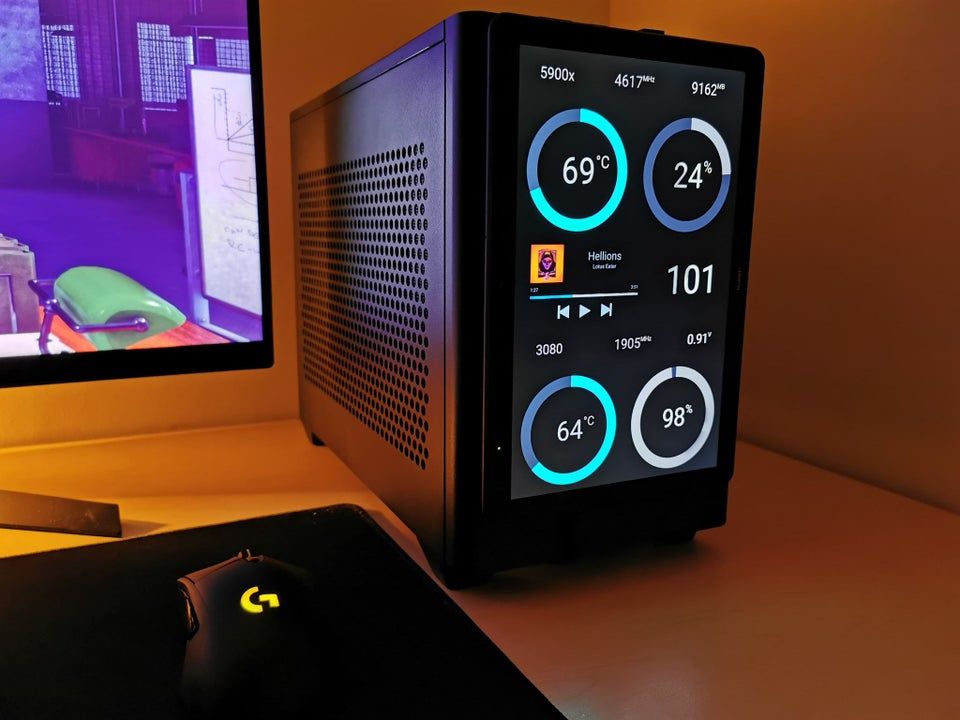
You’ve optimized the software and tuned the hardware. Now it’s time for the final polish—the advanced techniques that address the most stubborn performance issues.
A. BIOS/UEFI Configuration: Your motherboard’s BIOS/UEFI is the lowest-level control you have over your hardware.
- Update Your BIOS: Motherboard manufacturers periodically release BIOS updates that can improve system stability, memory compatibility, and even performance. Check your manufacturer’s website for the latest version for your specific model.
- Enable Resizable BAR: For modern systems (NVIDIA 30-series and newer, AMD 6000-series and newer), ensure “Resizable BAR” or “Smart Access Memory” is enabled in your BIOS. This allows your CPU to access the entirety of your GPU’s video memory at once, rather than in small chunks, providing a performance uplift in many games.
B. Minimizing Latency for Competitive Play: For competitive gamers, total system latency (from mouse click to on-screen action, often called “input lag”) is more important than raw FPS.
- NVIDIA Reflex & AMD Anti-Lag: If the game supports it, always enable NVIDIA Reflex (set to On + Boost) or AMD’s Anti-Lag feature. These technologies synchronize your CPU and GPU, reducing the render queue and significantly lowering system latency.
- Polling Rates: Ensure your gaming mouse and keyboard are set to their highest polling rate (e.g., 1000Hz or higher). This increases how frequently the device reports its position to the PC, making your inputs feel more responsive.
- Network Optimization: Lag isn’t always graphical. Use a wired Ethernet connection instead of Wi-Fi whenever possible. Optimize your router’s Quality of Service (QoS) settings to prioritize gaming traffic.
C. Identifying and Eliminating Bottlenecks: A bottleneck occurs when one component is holding back the performance of another. Use an on-screen display (OSD) via MSI Afterburner with RivaTuner Statistics Server to monitor your component usage while gaming.
- GPU Bottleneck: If your GPU usage is consistently at 99-100% while your CPU usage is much lower, you are GPU-bound. This is ideal for most gaming scenarios, as it means you’re getting the most out of your graphics card. To increase FPS, you would need to lower graphical settings or upgrade your GPU.
- CPU Bottleneck: If your CPU usage (pay attention to individual core usage, not just the total) is at 100% while your GPU usage is significantly lower, you are CPU-bound. Your CPU can’t feed the GPU frames fast enough. This often happens at lower resolutions (1080p) with a high-end GPU or in CPU-intensive games. Solutions include overclocking the CPU, closing background applications, or upgrading your CPU/motherboard/RAM.
Conclusion: The Ongoing Journey of Performance
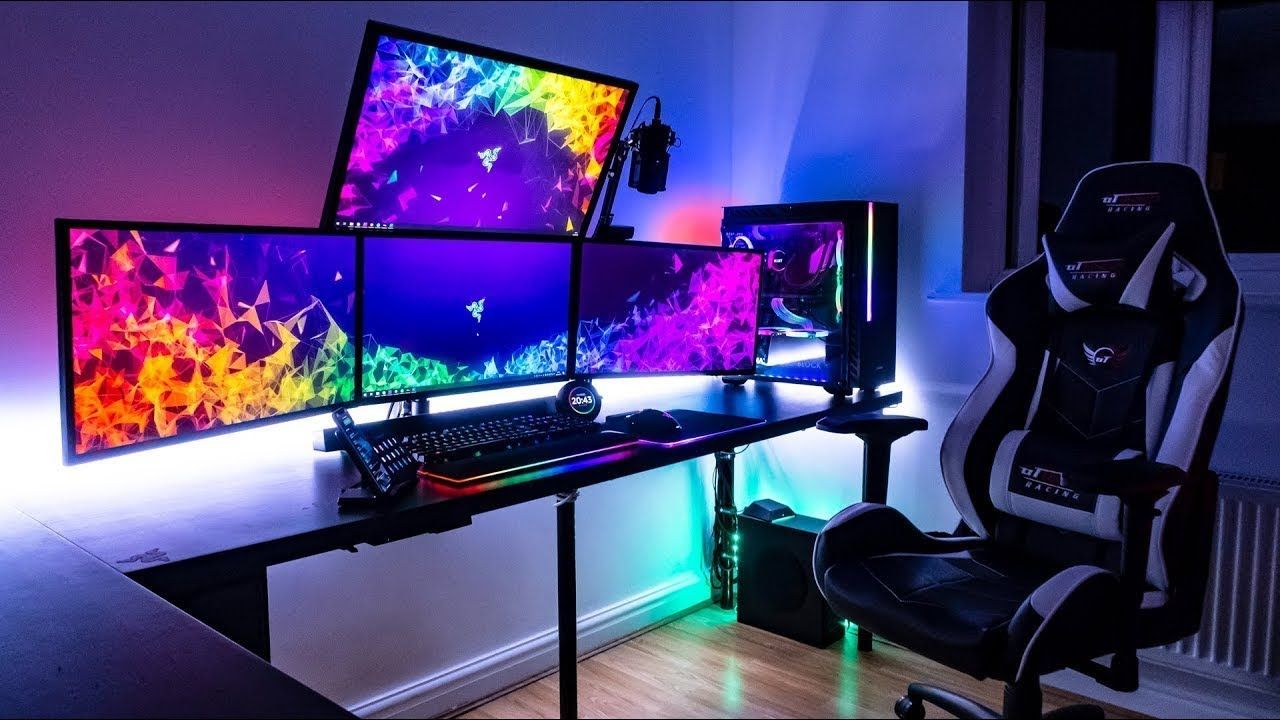
Maximizing your gaming PC’s performance is not a one-time setup; it is an ongoing process of refinement and adaptation. New drivers are released monthly, new game updates can change performance characteristics, and over time, dust will inevitably accumulate. By integrating these practices into a regular maintenance routine, you ensure that your investment continues to deliver the premium experience you paid for.
You have now armed yourself with the knowledge to take complete control over your gaming rig. You understand how to build a clean software foundation, push your hardware to its stable limits, and diagnose the hidden issues that rob you of precious frames. Go forth, apply this knowledge, and experience your games not just as they were meant to be played, but at the absolute zenith of their potential.


